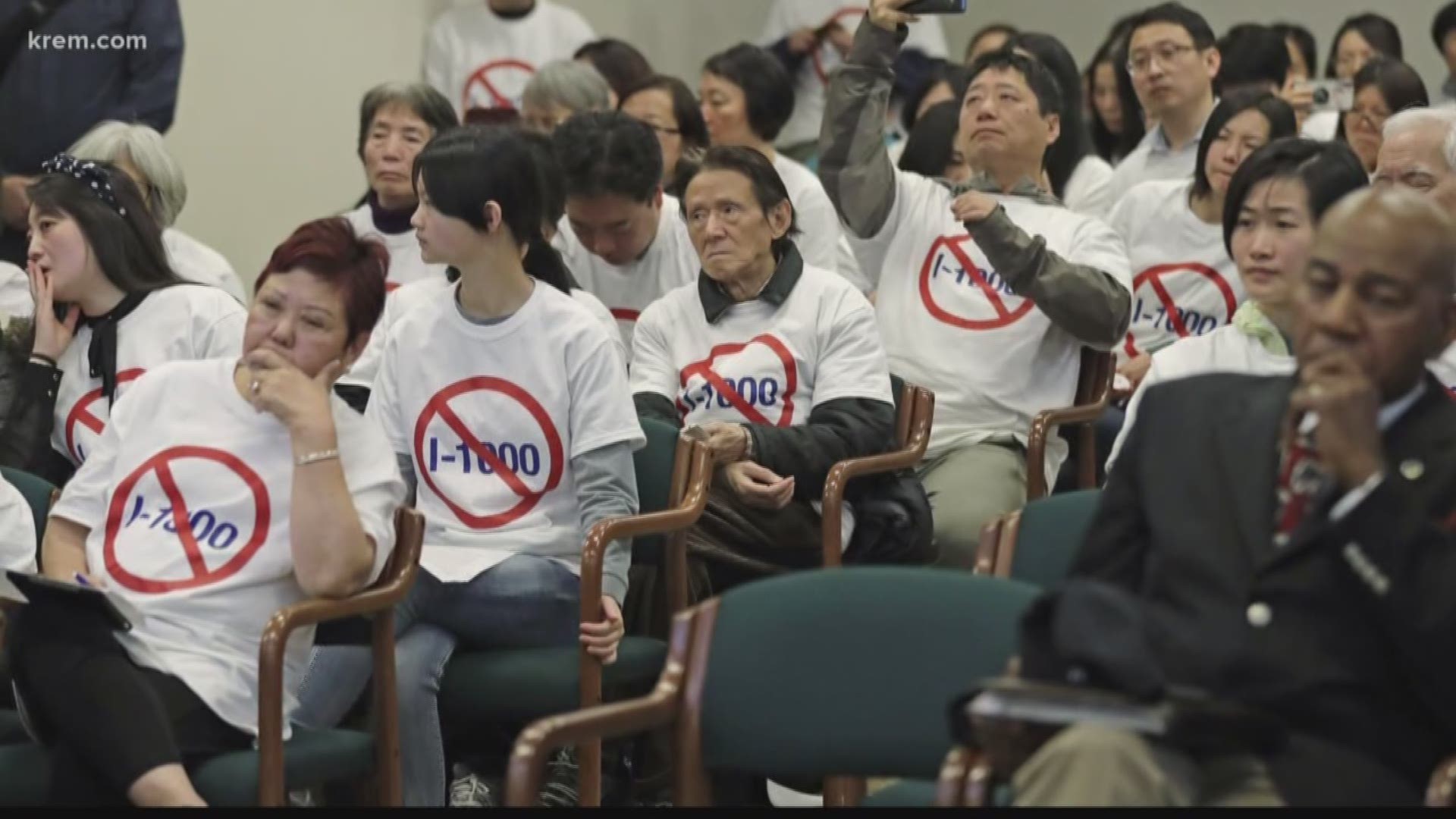Washington's Initiative to the Legislature 1000 was passed by state lawmakers just before the session deadline earlier this week.
It re-instates affirmative action in Washington, allowing public institutions to consider race, gender, disability, and veteran status when hiring employees, awarding contracts, or giving students admission.
The contents of the law have caused heated debate, but the process has proved controversial as well. Some opponents of I-1000 find the initiative to the legislature process, at least in this case, undemocratic.
ITLs, like initiatives to the people, start off by requiring a petition with a certain number of signatures. But, whereas traditional initiatives simply get put directly on the next ballot, ITLs go to Olympia.
There, a number of things can happen.
Pass as written
In this case, lawmakers went with a historically quite uncommon option: to pass I-1000 as it was written. That means it becomes law, without any sort of statewide vote.
Take no action
The law that I-1000 effectively repeals was also established through ITL: I-200 back in 1998. However, lawmakers didn't vote on I-200.
Per the state constitution, the initiative was then placed on the next ballot, where it was approved by the people and made law.
This is also the same process used to legalize weed in 2012, and to reject a carbon tax in 2016. It's by far historically the most common result ITLs that get sufficient signatures see.
The fact that I-200 was enacted via public vote but its effective repeal, I-1000, was not voted on by the people is part of what makes the new initiative so controversial.
Reject outright
Another way I-1000 could've gone: it could have been rejected by the legislature outright.
In that case, it would have still gone to the people for a vote.
But, rejections like that almost never happen; we could not find any instance of it in the past.
Amendment
The final option: lawmakers could have chosen to amend I-1000.
Then, both the amended law and the original initiative would have been put on the ballot.
That's pretty rare, too. The most recent example we could find was in 1987.
Then, a hazardous waste tax went to Olympia. Lawmakers modified that tax to increase it slightly, but voters chose to approve the original, lower tax.
Referendum
For those who feel that I-1000 should get a public vote, there are still options.
Namely, referendum.
Washington's constitution essentially lets the people vote on any law, if enough signatures are gathered on a petition.
The most famous example is probably Referendum 74, when in 2012 the people voted to uphold a state law allowing gay marriage.
Referendums have been used to repeal ITLs passed by the legislature before. In 1995, the people voted to repeal a law regarding land use that had been instated as an ITL.
Opponents of I-1000 have already filed a referendum. If they get enough signatures, expect to see it soon on a ballot near you.

